The Hall of Mars (Sala di Marte) was, at the time of the Medici, the antechamber of the throne room where the chamberlain introduced the nobles, ambassadors and visitors in the presence of the Grand Duke. Dedicated to Mars, it forms part of the cycle of works of the so-called Planet rooms carried out in the 1640s by Pietro da Cortona.
The ceiling vault, frescoed on the theme of war by Cortona between 1643 and 1647, features the Medici coat of arms in the center, held aloft by a cluster of cherubs and topped with a crown inscribed with the name of Ferdinando II de’ Medici who commissioned the impressive decorative work.
An allegorical representation of the education of the young prince, Hercules (the young prince’s alter-ego and patron god of the Medici family) is depicted in a naval battle which rages along the perimeter, watched over by Mars, the god of War, who bestows strength to the young man by lighting him with his star.
With the enemy weapons spoils given to him by the Dark Gods, Hercules makes a trophy (panoply) while a parade of prisoners, their weapons discarded in the hope of a lasting peace, advances towards the female figures of Victory, Plenty and Peace, crowned with laurel. Rotating on himself, he receives the gladius of victory from Castor and Pollux, to be added to the trophy.
More than any other room in the Pitti Palace, the Hall of Mars, perhaps due to the theatrical composition and the lively arrangement of characters on the ceiling, reaches the level of Baroque illusionism found in the famous vault in Palazzo Barberini (where Cortona had just completed his Triumph of Divine Providence fresco) in Rome.
In this room there are two Pieter Paul Rubens masterpieces. The monumental Consequences of the War (1638 ), a grandiose allegory in harmony with the theme of Pietro da Cortona’s frescoes on the ceiling, shows Venus vainly entreating Mars not to go to war. The Four Philosophers (ca. 1612), of great intensity, has a self-portrait at the top left. Both canvases are rich in literary and philosophical citations and often figures from classical mythology appear.
The room is also accompanied by a series of portraits, among which the most important are by Anton van Dyck (Portrait of Cardinal Bentivoglio, 1622-1623), Titian (Portrait of Ippolito de ‘Medici, 1532), Tintoretto (Portrait of Alvise Cornaro, ca. 1665) and Paolo Veronese (Portrait of a Gentleman in Fur, ca. 1550-1560).
Other works in the Hall of Mars include:
- Saint Mary Magdalene Penitent(Il Cigoli, ca. 1600)
- San Sebastiano (Guercino’sWorkshop)
- Annunciation with Saints Michael the Archangel and Godenzo (Andrea del Sarto, ca. 1515)
- Saint Francis of Assisi in Ecstasy (Pieter van Mol)
- Madonna and Child (Bartolomé Esteban Murillo, ca. 1650-1655)
- Holy Family with St. Elizabeth and St. John (Ventura Salimbeni, 1608)
- Copy of the Madonna and Child, St. Elizabeth and St. John of Rubens (Jan van den Hoecke)
- Madonna of the Rosary (Bartolomé Esteban Murillo, ca. 1648-1650)
- Holy Family with Saint Elizabeth (Fra Bartolomeo, ca. 1516)
- Stories from the Childhood of Joseph (Andrea del Sarto, ca. 1515-1516)
- Giuseppe Interprets the Pharaoh’s Dream (Andrea del Sarto, ca. 1515-1516)
- Madonna and Child with St. John (Domenico Puligo, ca. 1512-1515)
- Baptism of Christ (Giovan Battista Foggini, 1723)
- Sacrifice of Isaac (Il Cigoli, ca. 1606-1607)
- Portrait of Andrea Vesalius (?) (workshop of Titian, ca. 1545)
- Portrait of John Churchill, Duke of Marlborough (Adriaen van der Werff, 1705)
- Peter in Tears (From Guido Reni)
- Saint Mary Magdalene Carried to Heaven by Angels (Guido Cagnacci, ca. 1650-1658)
- Portrait of a Woman as Saint Margaret (Carlo Dolci, 1664)
- A Copy of The Fortune Teller by Simon Vouet (attributed to Antiveduto of Gramatica, ca. 1617)
- Portrait of Luca Martini (Bronzino, ca. 1554-1556)
- Immaculate Madonna (Luca Giordano, ca. 1689)
- Rebecca at the Well (Giovanni Andrea Sirani, ca. 1640)
- Table (Paolo Monaccorb, 1697)
- Three Tables (Florentine manufacture of the century XVIII, ca. 1790)
Hall of Mars: First Floor, Palatine Gallery, Palace, Piazza de’ Pitti, 1, Florence, Italy. Tel:+39 055 294883. Open Tuesdays-Sundays, 8:15 AM – 6:50 PM. Admission: Palatine Gallery (€8.50), Silver Museum (€6.00), Gallery of Modern Art (€8.50), Costume Gallery/Porcelain Museum/Boboli Gardens/Bardini Garden (€6.00).
How to Get There: Take the C3 or D bus to the Pitti stop.

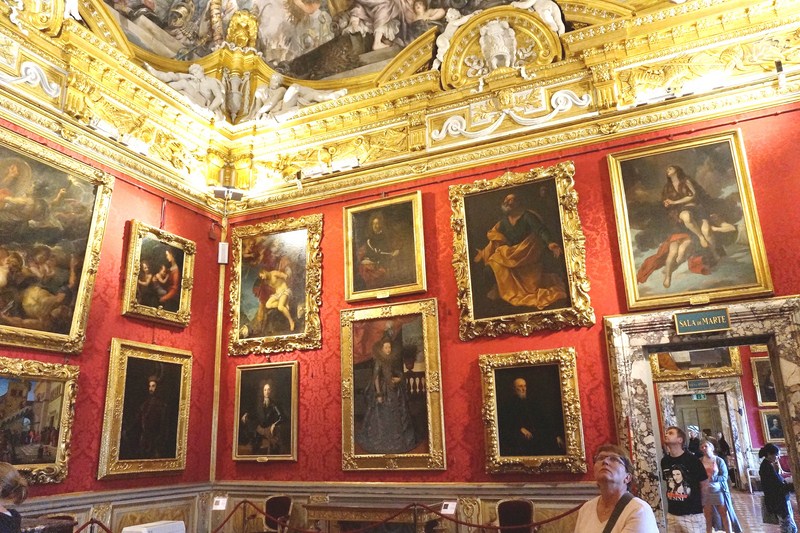
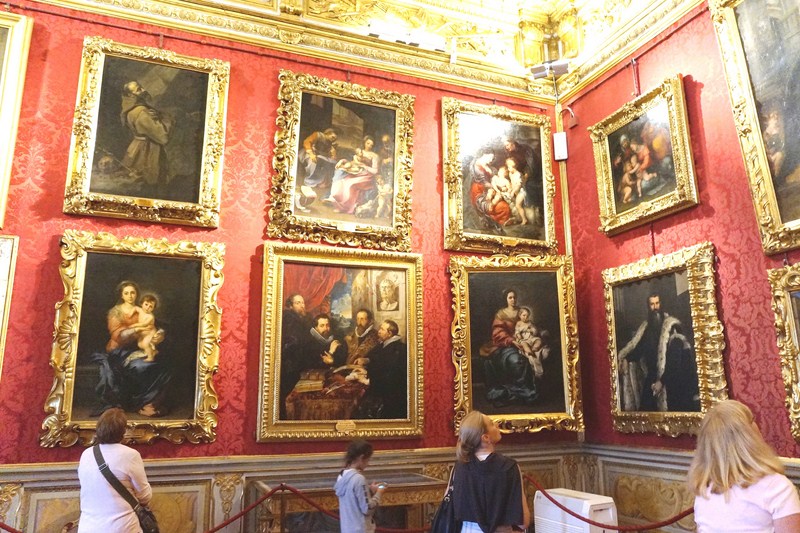
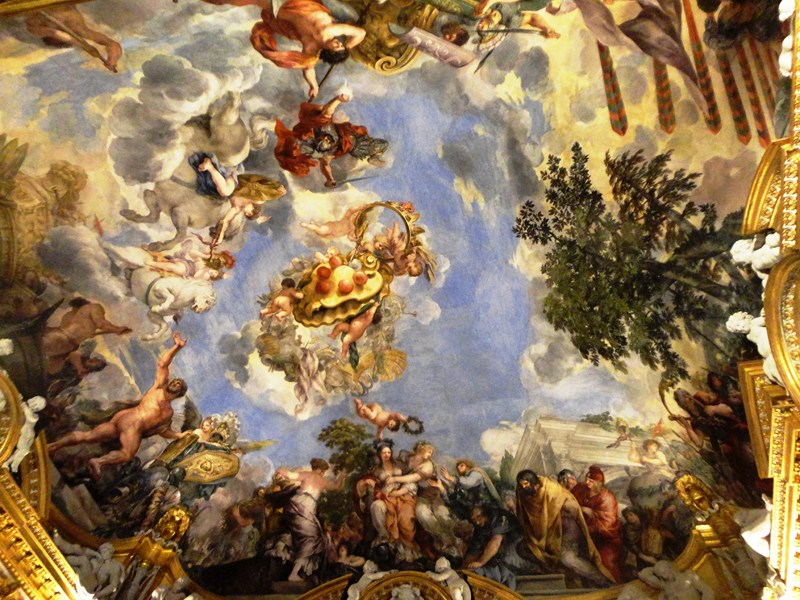
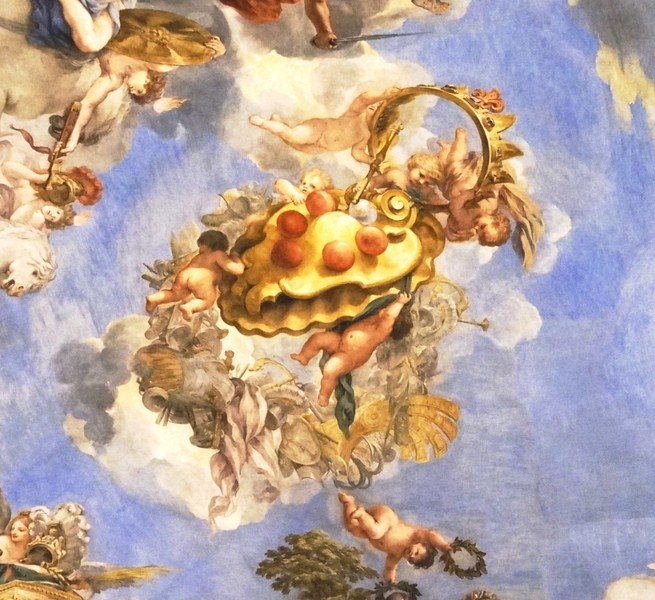
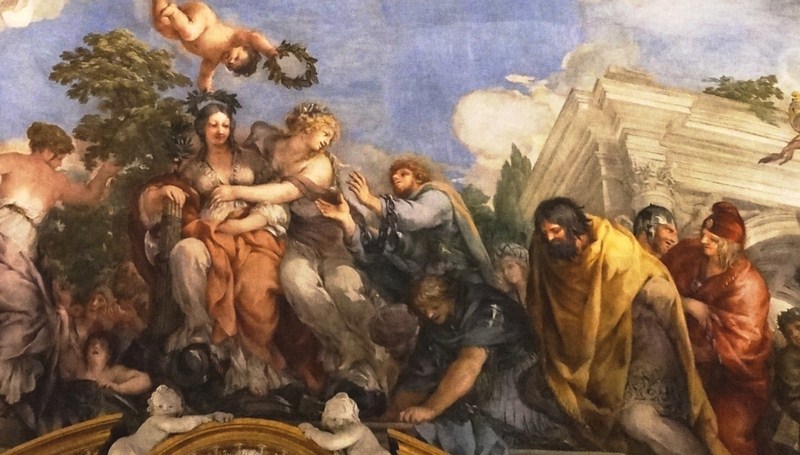
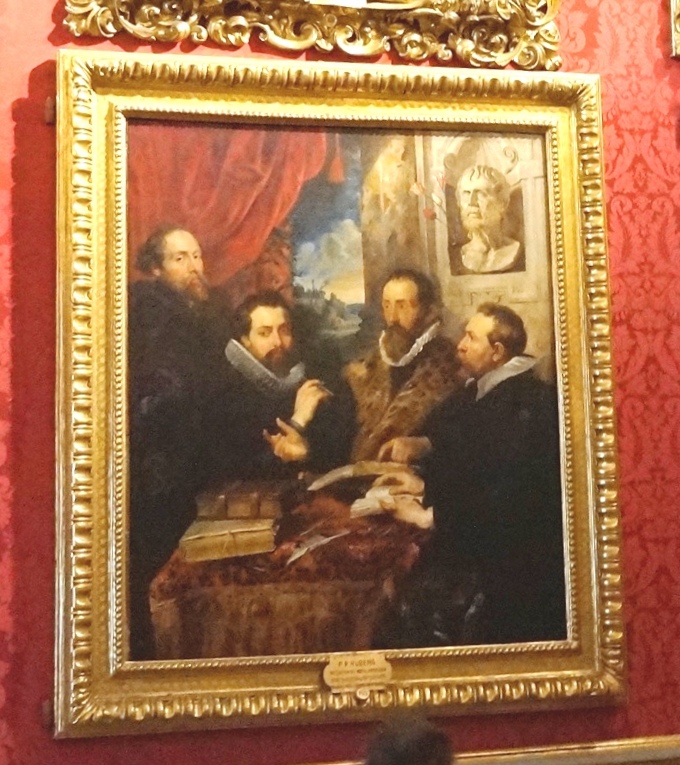
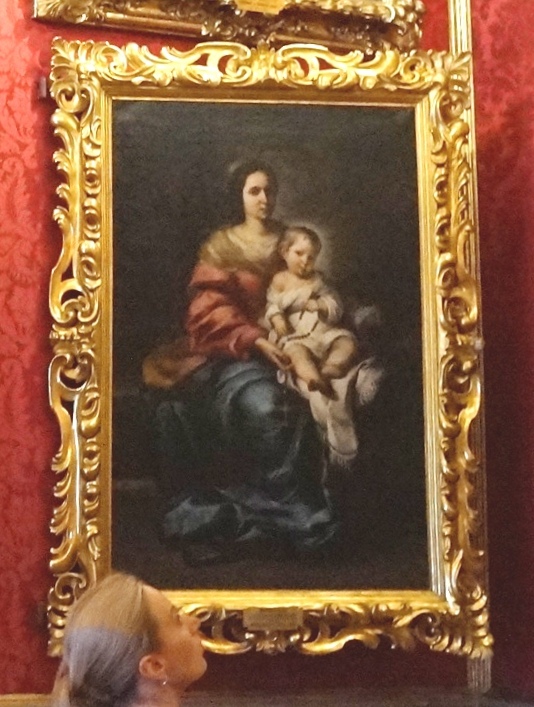
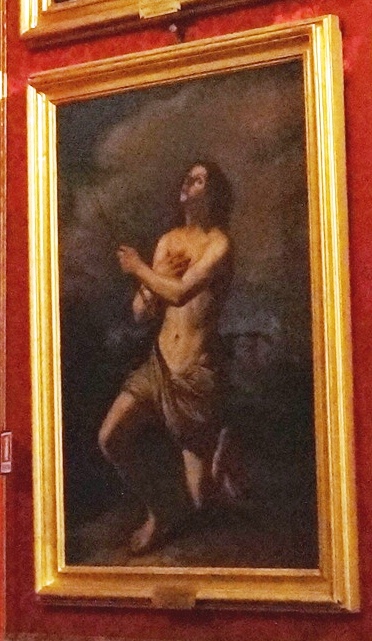

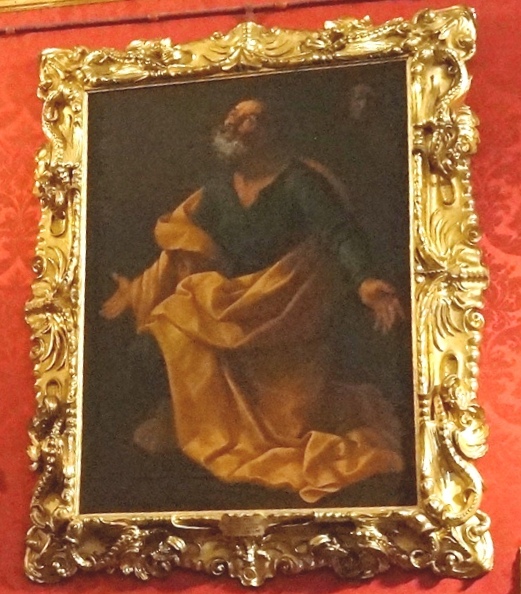
Pingback: Homepage